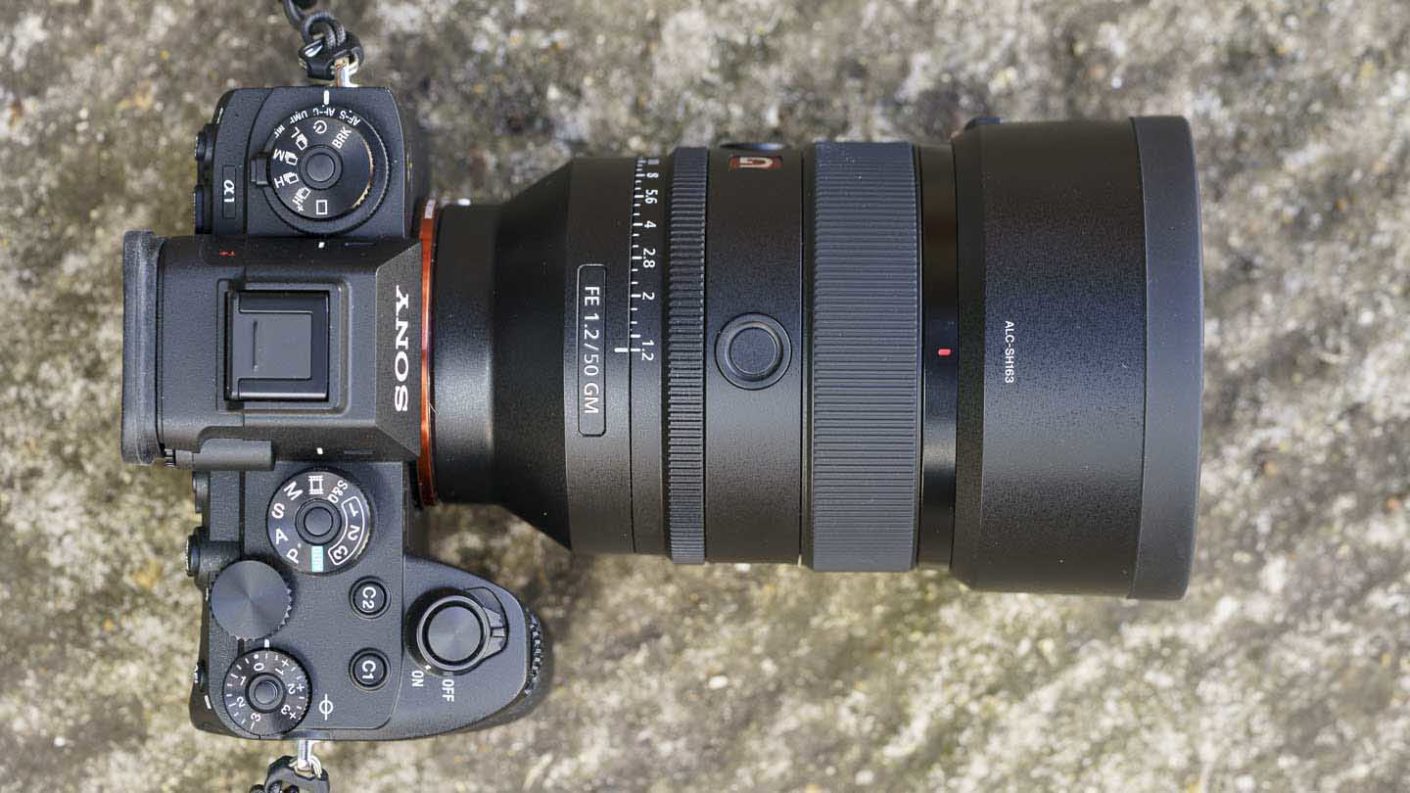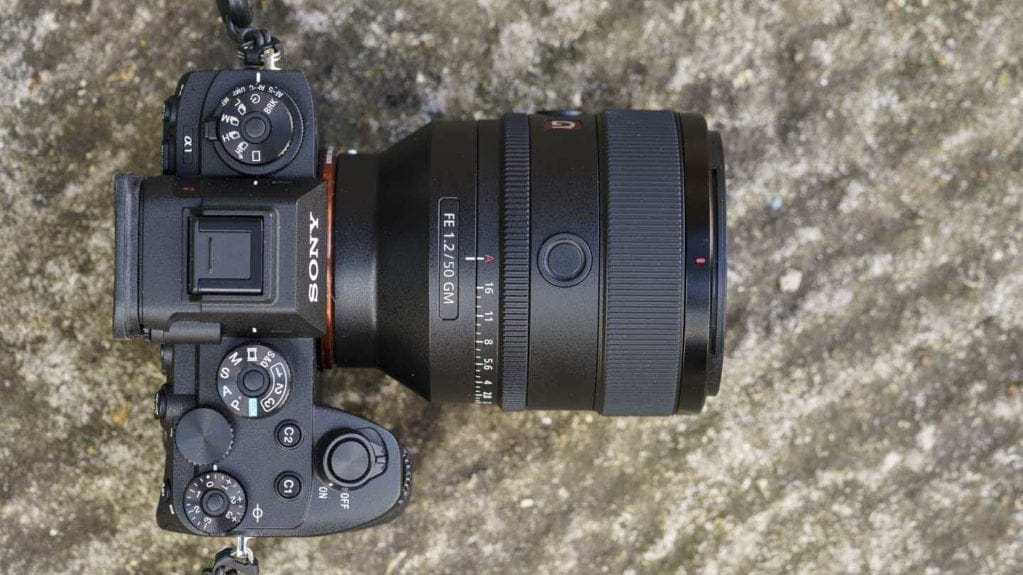Even just checking the images on the back of a Sony camera or in the viewfinder is enough to tell that the FE 50mm f1.2 GM is a great lens, but the results really impress when you look at them on a decent computer screen. The sharp detail leaps out at you while the out of focus areas look wonderfully smooth. If you shoot at f/1.2, that transition in sharpness happens rapidly, making your subject ping out from the background.
I tested the FE 50mm f/1.2 GM on the Sony A1 (review coming soon), and with 50-million pixels at its disposal, the lens shows its ability to capture detail. Even wide open at f/1.2, there’s an incredible level of detail visible – which is great news as you buy an f/1.2 lens rather than an f/1.4 or f/1.8 lens because you want to use that setting.
Inevitably, at f/1.2 there’s a slight fall-off in sharpness towards the corners of the frame, but it’s still very good and the drop-off is unlikely to be an issue for portrait and wedding photographers. As usual, the corner sharpness improves as the aperture is closed and by f/2.8, it’s fantastic.
I’d have no issue using the Sony FE 50mm f1.2 GM at any aperture setting but if you’re pixel-peeping you’ll see that because of diffraction, images shot at f/16 are very slightly softer than those taken at f/11 or f/8.
Vignetting is noticeable at f/1.2, especially if the Shading Compensation in the Lens Compensation section of the menu is turned off. It’s worth turning this on rather than trying to correct it post-capture.
If you’re super-picky, you might spot a little pincushion distortion with architecture shots that have lots of straight lines, but it’s hardly noticeable and it certainly isn’t a concern, especially for portrait photographers!
Checking high contrast edges reveals that the Sony FE 50mm f/1.2 GM controls aberrations extremely well and like flare, it’s not something you need to worry about.






